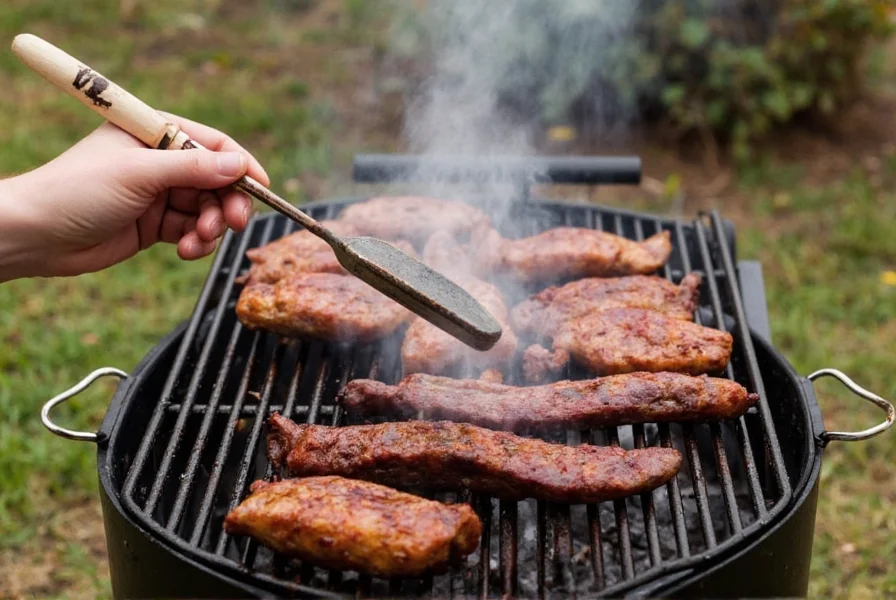
Table of Contents
- Hack #1: Infuse Smoke with Spiced Wood Chips
- Hack #2: Use Spice-Soaked Foil Packets for Controlled Flavor
- Hack #3: Dry Brine Meats with a Smoky Rub
- Hack #4: Make Your Own Smoked Salt at Home
- Hack #5: Layer Flavors with Smoke-Infused Oils
- Hack #6: Try Exotic Spices for Unique Smoke Profiles
- Hack #7: Store Spices Like a Pro for Long-Lasting Flavor
- Buying Guide: Must-Have Tools & Spices
- Frequently Asked Questions
- Conclusion
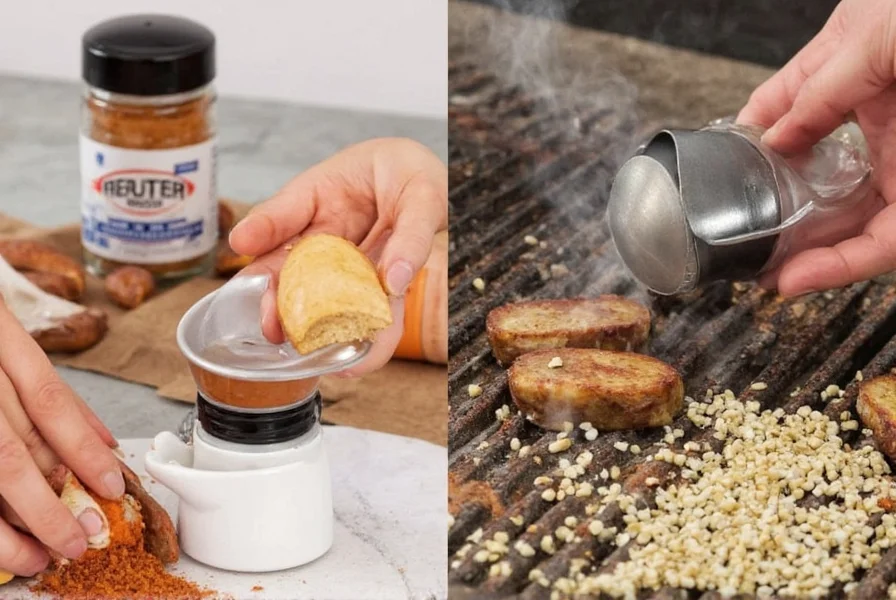
Hack #1: Infuse Smoke with Spiced Wood Chips
If you’re smoking with wood chips already, why not take it one step further by infusing them with spices? This trick unlocks layers of flavor as the wood smolders.
- Soak wood chips (like hickory or mesquite) in water mixed with smoked paprika, garlic powder, or chipotle powder for 30 minutes.
- Drain and dry them slightly before adding to your smoker box or charcoal pile.
- The heat releases both smoke and spice aroma directly into your food.
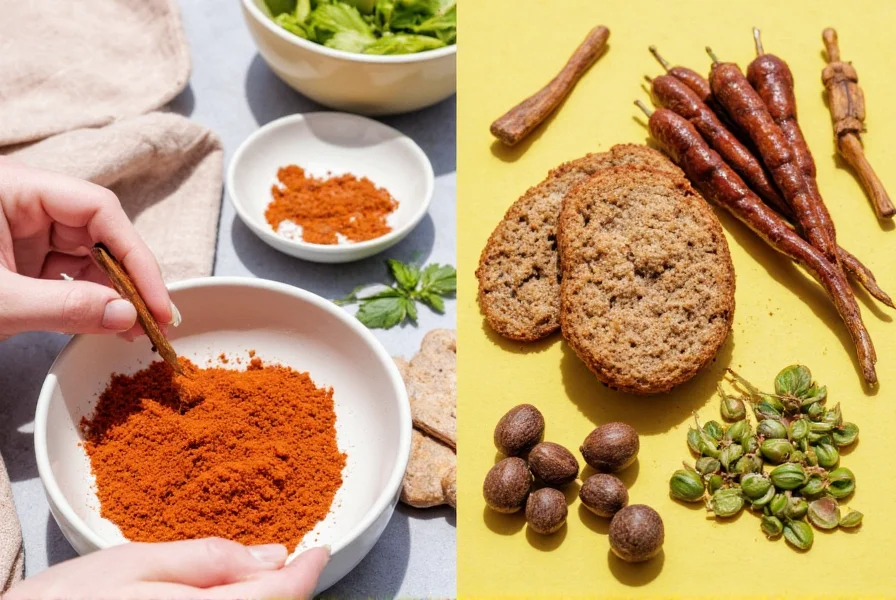
Hack #2: Use Spice-Soaked Foil Packets for Controlled Flavor
Foil packets aren’t just for veggies—they’re also a sneaky way to add custom-smoke profiles without overwhelming your dish.
- Mix your favorite spices (like coriander, thyme, and mustard seeds) with a few drops of olive oil.
- Pack the mixture into a foil pouch, poke a few holes on top, and place near the coals.
- As it heats up, it emits aromatic smoke that gently flavors your meats or vegetables.
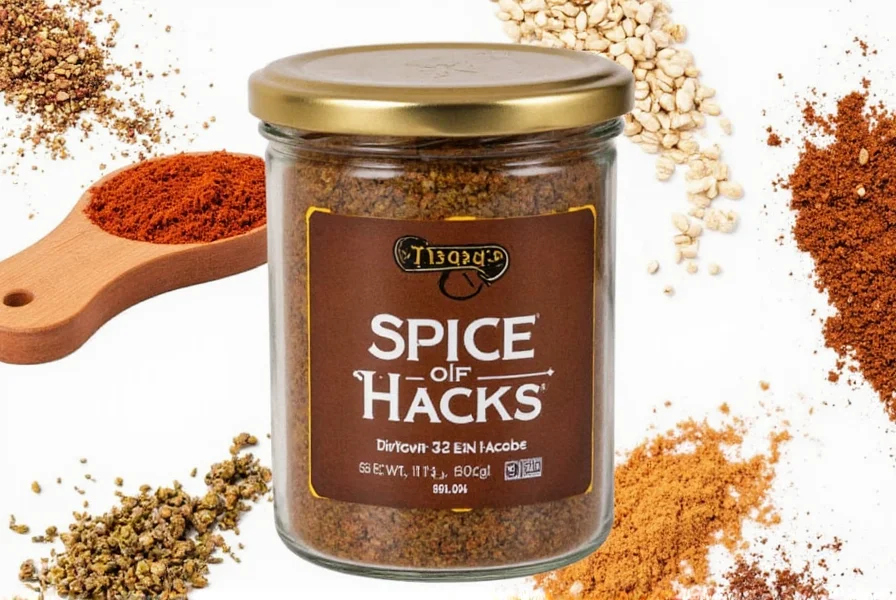
Hack #3: Dry Brine Meats with a Smoky Rub
A dry brine is a game-changer—it seasons meat deeply and creates a beautiful crust. Add smokiness via your rub for extra oomph.
- Use coarse sea salt mixed with smoked paprika, black pepper, garlic powder, and brown sugar.
- Rub generously over ribs, brisket, or chicken and refrigerate for 12–24 hours before smoking.
- This method ensures maximum flavor penetration and tender results.
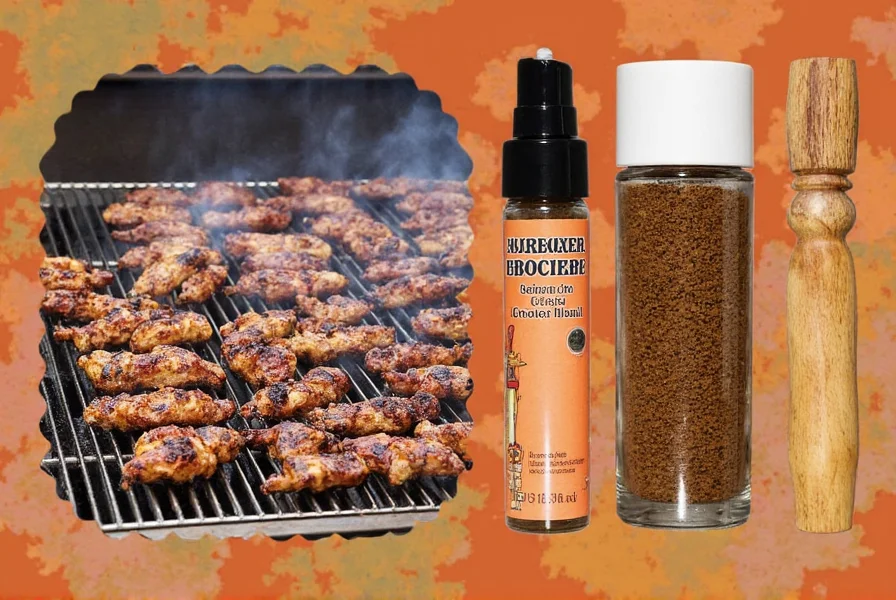
Hack #4: Make Your Own Smoked Salt at Home
Smoked salt is a versatile ingredient that adds an instant depth of flavor to any smoked dish. And guess what? You can make it yourself!
- Spread coarse sea salt evenly on a tray or baking sheet.
- Place over indirect heat on your smoker with some wood chunks for smoke (hickory works best).
- Smoke for 1–2 hours, stirring occasionally, until it takes on a rich color and aroma.
Hack #5: Layer Flavors with Smoke-Infused Oils
Oils infused with smoked spices can be used as finishing drizzles, marinades, or bastes during the last few minutes of smoking.
- Heat neutral oil (like grapeseed or avocado) in a pan, then add crushed dried chilies, fennel seeds, or smoked cumin.
- Let steep for 10–15 minutes, strain, and store in a dark bottle.
- Drizzle over smoked corn, steak, or even fresh bread for a punch of smoky goodness.
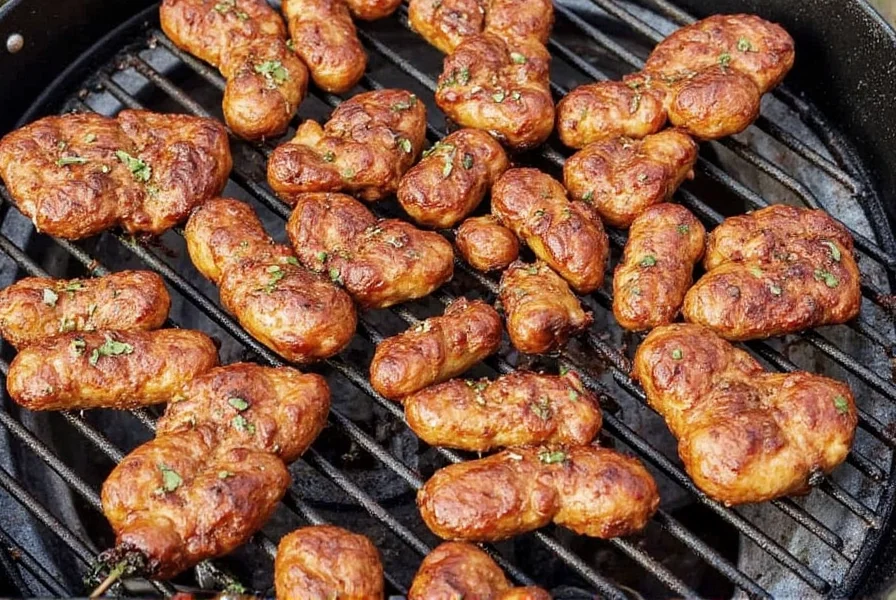
Hack #6: Try Exotic Spices for Unique Smoke Profiles
Think beyond paprika—there are plenty of global spices that work surprisingly well with smoking techniques:
| Spice | Flavor Profile | Best Used For |
|---|---|---|
| Sumac | Tangy, citrusy | Smoked lamb, salads, kebabs |
| Za’atar | Earthy, thyme-like with citrus notes | Flatbreads, smoked chicken, dips |
| Urfa Biber | Smoky, raisin-like heat | Stews, burgers, roasted potatoes |
| Szechuan Peppercorn | Tingly, floral heat | BBQ sauces, smoked mushrooms, pork |
Hack #7: Store Spices Like a Pro for Long-Lasting Flavor
You’ve invested in high-quality spices—don’t let them go stale! Proper storage ensures every sprinkle delivers peak flavor, especially when used for smoking sessions.
- Keep whole spices like peppercorns and cumin seeds in airtight containers away from light and heat.
- Ground spices should be stored in dark glass jars to preserve volatile oils.
- Label and date each jar so you know when to replace them (most ground spices last about 6 months).
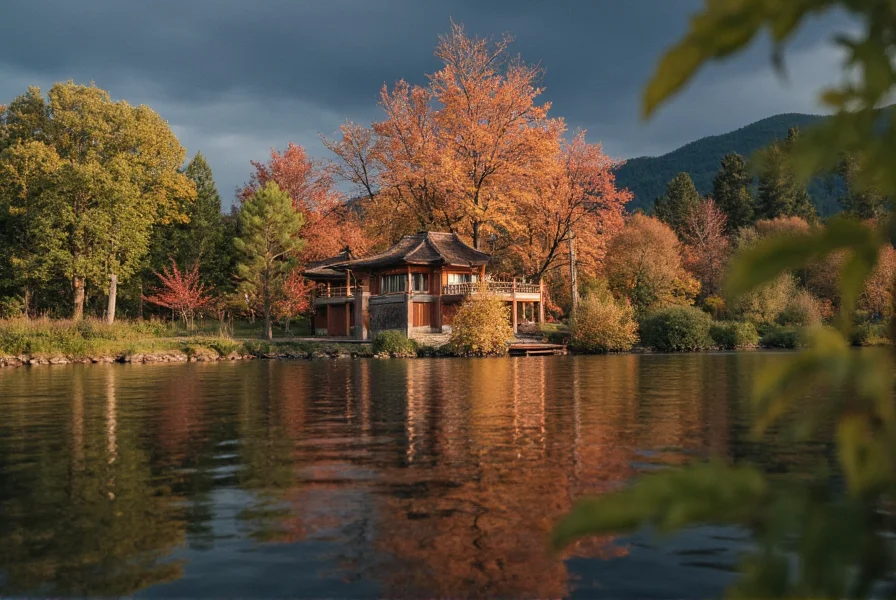
Buying Guide: Must-Have Tools & Spices
To get started with smoking meat and spicing it up the smart way, here are the essential products you need in your kitchen arsenal:
| Product | Features | Advantages | Best For | Recommended Brand |
|---|---|---|---|---|
| Cast Iron Smoking Box | Durable, retains heat, has multiple compartments | Perfect for containing soaked wood chips and spices without burning | Charcoal and gas smokers | Weber Smoker Box |
| Adjustable Mesh Spice Smoker Bags | Reusable stainless steel mesh bags | Allow easy control of spice exposure to smoke | Experimenting with spice blends | OXO Steel Smoke Bag |
| Vintage Amber Glass Spice Jars | UV protection, tight seals | Preserve spice freshness and aroma | Long-term spice storage | Spicebar Originals |
| Smoked Paprika (Pimentón de la Vera) | Spanish smoked paprika, available in sweet, bittersweet, or hot | Adds rich smoky base to rubs and oils | All types of smoked meats | La Dalia |
| Urfa Biber Pepper | Dark red Turkish chili with intense smoky heat | Adds unique Middle Eastern flair | Meat rubs, dips, and sauces | Z&Z Urfa Biber |
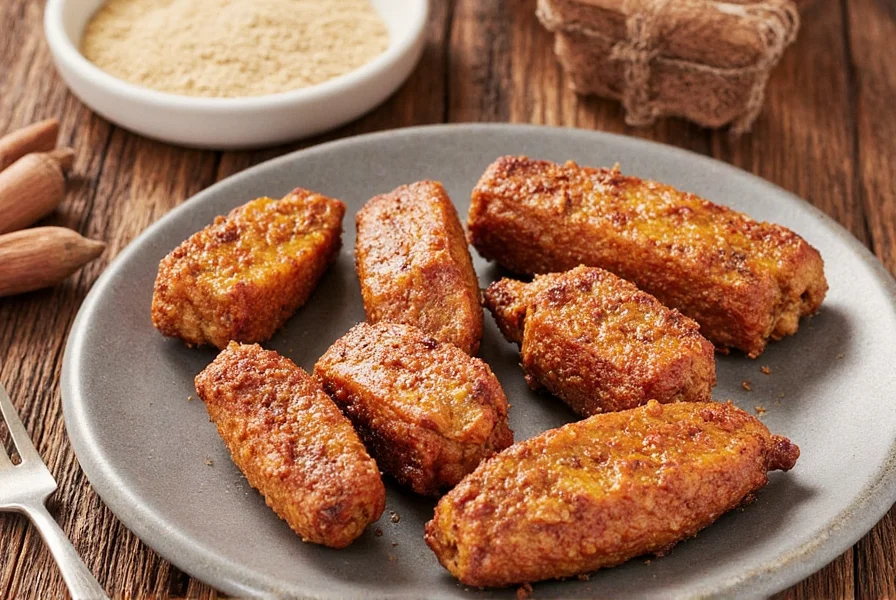
Frequently Asked Questions
Here are answers to common questions about enhancing your smoking with spices:
- What’s the difference between smoking and regular grilling?
Smoking uses low temperatures (225°F-275°F) and indirect heat over longer periods (hours), allowing smoke to penetrate food deeply. Grilling typically uses higher heat for shorter cooking times with less smoke infusion. - Which wood chips work best with spices for smoking?
Fruitwoods like apple or cherry pair well with sweet spices (cinnamon, allspice), while hickory or mesquite complement robust spices (cumin, smoked paprika). Softer woods absorb spice flavors more readily than dense hardwoods. - How can I prevent my spices from burning during smoking?
Always use indirect heat for spice-infused smoking. Keep spices in foil packets, smoker boxes, or mixed with oil to lower their burning point. Never place ground spices directly over open flames. - Can I use fresh herbs instead of dried spices for smoking?
Yes, but dried herbs work better for smoke infusion. Fresh herbs contain too much moisture and may steam rather than smoke. If using fresh, pat them completely dry and combine with dried spices for best results. - How long should I smoke spices when making infused oils or salts?
For oils: 10-15 minutes maximum to prevent bitterness. For salts: 1-2 hours at low heat (under 200°F) to gradually absorb smoke without scorching. Always monitor closely. - Why does my smoked food taste bitter?
Bitterness usually comes from incomplete combustion (white smoke instead of blue smoke) or burned spices. Maintain clean-burning coals, avoid overheating spices, and ensure proper airflow in your smoker. - Can I reuse wood chips that were soaked in spices?
No, used wood chips should be discarded after one use. Reusing them won’t produce sufficient smoke and may introduce off-flavors from previously burned spices.
Conclusion
Now that you’ve unlocked the power of spices through these smoking meat hacks, there’s no turning back. From spice-infused wood chips to DIY smoked salts and exotic flavor layering, your barbecue game is about to hit new heights.
Remember, great flavor starts with quality ingredients and smart storage. Equip yourself with the right tools and experiment fearlessly. Whether you’re a weekend warrior or a serious pitmaster, these tips will help you reign supreme over the smoker and impress everyone at the table.
So fire up that smoker, grab your favorite spice blend, and get ready to earn that BBQ King title. Happy smoking!

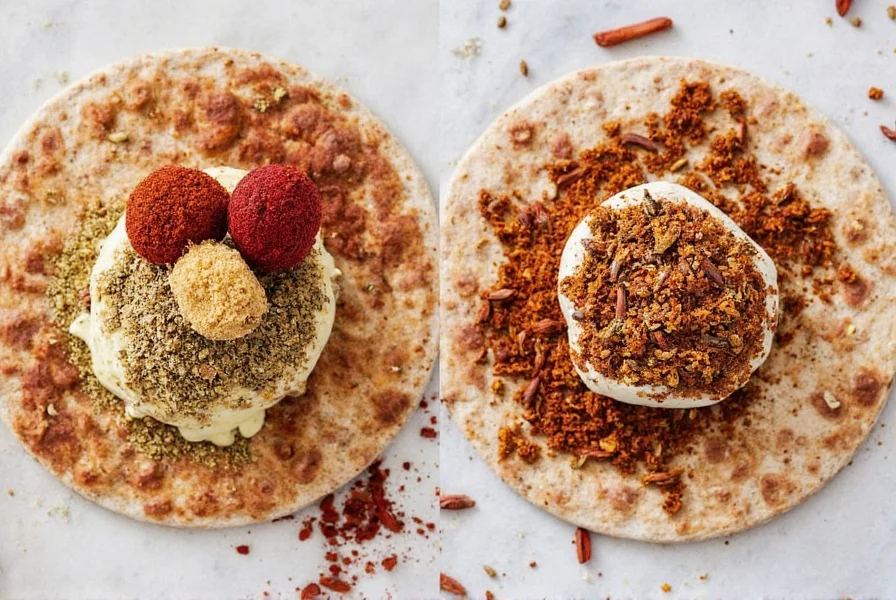









 浙公网安备
33010002000092号
浙公网安备
33010002000092号 浙B2-20120091-4
浙B2-20120091-4